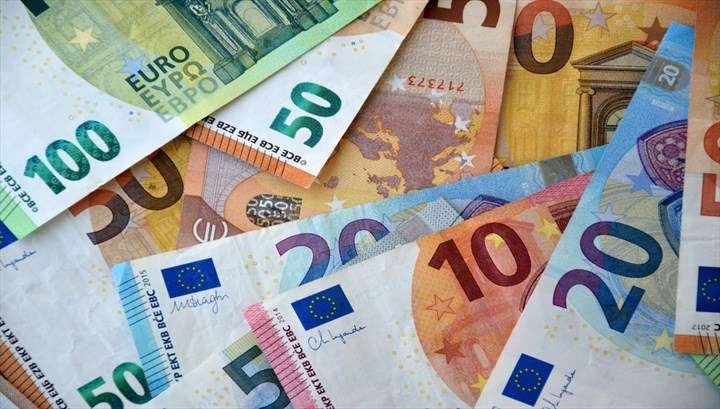October 2024 marked a historic month for life insurance in France, attracting nearly 2.9 billion euros in new contributions, the highest in 15 years. This surge reflects a growing preference for secure investment options amid economic uncertainty, with over 90,000 new Retirement Savings Plan contracts also initiated. The rise is fueled by concerns over inflation, geopolitical tensions, and a sluggish real estate market, driving individuals to prioritize safeguarding their savings through reliable financial products.
A Record-Breaking October for Life Insurance
In October 2024, life insurance achieved a remarkable feat, drawing in nearly 2.9 billion euros in new contributions—a record not seen in 15 years during this season. This extraordinary performance underscores the increasing interest among the French population in secure investment options amidst a fluctuating economic landscape. Additionally, the Retirement Savings Plan (PER) is witnessing an impressive rise, with over 90,000 new contracts initiated that month. Let’s delve into this unprecedented collection trend, driven by a blend of economic and behavioral elements.
The Economic Landscape: A Shift Towards Safe Investments
Last month, life insurance net contributions reached 2.9 billion euros, as reported by France Assureurs. This figure marks an unparalleled level for this period in the last 15 years, especially considering the already exceptional figures recorded this year. In contrast, last year’s net collection in October stood at a mere 1.1 billion euros, highlighting a staggering increase of nearly 164% in 2024.
This significant surge continues a positive trajectory that has been evident since the year’s start. France Assureurs indicates that from January to October, the market has amassed 24.2 billion euros, a considerable rise from just 2.7 billion during the same timeframe last year. The French populace has notably turned to life insurance, a product historically cherished for its safety and adaptability.
The current economic climate, characterized by geopolitical unrest, enduring inflation, and a sluggish real estate market, has driven the French to prioritize the safeguarding of their savings. Euro funds, which assure the capital invested, remain favored despite their modest returns. These funds account for 60% of overall contributions, offering reassurance in times of economic uncertainty. Furthermore, the Livret A, another conservative savings vehicle, experienced a surge in deposits in October, especially to cover one-off expenses like tax obligations and back-to-school expenditures.
While euro funds lead in collections, unit-linked accounts (UC) are still captivating investors seeking long-term gains. Since January, UCs have seen a net collection of 29.4 billion euros, with notable highs of 4.7 billion euros in January and 3.6 billion euros in September. Nonetheless, October saw a slight dip in performance, reflected in net withdrawals of 400 million euros from euro funds.
The PER is also enjoying a surge; contributions rose by 24% in October 2024, totaling 1.2 billion euros. The introduction of 90,100 new contracts illustrates the growing appeal of this retirement savings product.
The PER’s success can be attributed to its tax advantages, particularly appealing as the year draws to a close, along with a rising awareness among the French about the importance of retirement planning. The trend of transferring old contracts to the PER, such as Madelin or Perp, underscores a strong preference for this flexible and tax-exempt option.
The flourishing nature of life insurance and the PER is no coincidence. In a climate marked by fragile trust and ongoing uncertainties, the French are evidently prioritizing the security of their savings. In 2024, savings in life insurance reached a historic high of 1,975 billion euros, reflecting a 5.7% increase from the previous year. With modest returns yet guaranteed capital, life insurance and the PER stand out as ideal safe havens for investors seeking stability while awaiting more favorable conditions for other investments, such as real estate.
